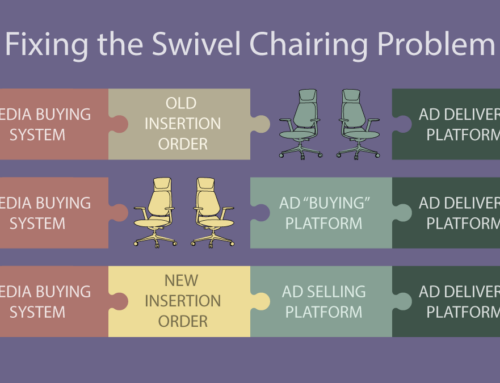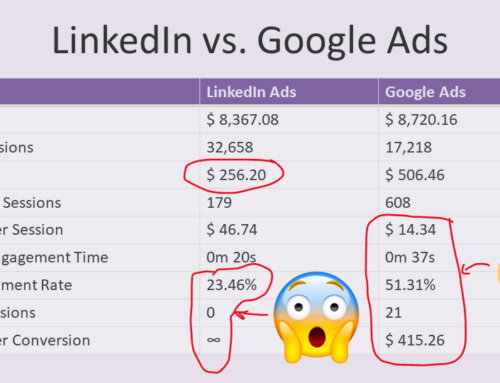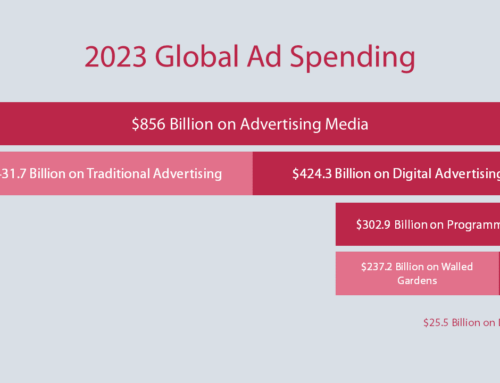In the envisioned world of “programmatic direct,” computers buy all digital media automatically with astonishing efficiency and without human intervention. Contrast that with today’s reality: an army of DSOs – Digital Switchboard Operators – carrying out digital media plans using a manual 42-step process. On the buy side, this process typically requires 482 hours in media agency labor per campaign. On the sell side, anecdotal evidence indicates even more time is spent among the publishers.
One of the most time consuming, error prone, and soul crushing parts of the process is ad trafficking. Trafficking is the sub-process of setting up ad servers for a given campaign. Those not familiar with the digital media “sausage factory” might think this process is entirely automated and done with the click of a button. Nothing could be further from the truth. With directly sold ads, trafficking is done manually by humans employing a great deal of effort.
Here’s how it works today.
The trafficking process starts when media planning process ends. The advertising agency’s media planner hands the ad ops team the completed media plan, typically in an Excel spreadsheet format. This plan then gets handed to a typically junior-level ad trafficker. Assuming he has all the creative assets (humor me here, that’s a topic for another article!), the trafficker then logs into the agency ad server, creates a new campaign, and manually creates a placement for each line on the media plan. In Google’s popular DFA ad server, each placement requires filling out a complicated form with 33 fields. Now consider a 100 line media plan – that’s 33×100 = 3,300 fields to enter for a single campaign! He also has to upload and match all the creative assets. It’s virtually impossible to avoid making at least one mistake.
Once the agency’s trafficker completes his task, he generates a trafficking sheet from the ad server that contains all the ad serving tags for the campaign. Then he emails separate tag files to each publisher on the media plan.
Upon receipt, each publisher hands their trafficking sheet to their ad ops department. After verifying it matches the insertion order, the trafficking sheet is handed to a typically junior-level trafficker (sometimes called a tech specialist). Now he logs into the publisher’s ad server, creates a campaign, and manually creates a placement for each line on the trafficking sheet. Assuming no problems (another bad assumption), he notifies the agency trafficker it’s been completed.
Whew… That is a lot of work! And it’s all grunt work.
Consider an alternative future reality. Upon completion of the media plan, the agency media planner presses the “go” button on their media plan (note: this is definitely not in Excel). The campaign is automatically set up on the advertiser ad server, tags are generated and electronically send to the publisher ad server, the publisher ad server verifies against the insertion order then automatically creates all the placements and sends acknowledgement back to the agency planning system. This all happens in a matter of seconds without human intervention. It’s basically the same process as with the DSOs, except that it happens automatically in real-time and eliminates hours of soul-crushing work, delays, and mistakes.
Digital advertising just celebrated its 18th birthday. Don’t you think it’s time we finally ended human trafficking in digital media? Automating this process is not only the humane thing to do, but is necessary if we ever want to realize the promise of programmatic direct.
This article originally appeared in The Makegood.





